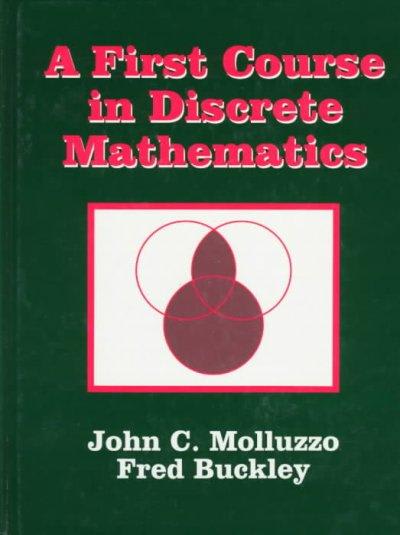Question
You have an assembly process that yields a final dimension that is to be controlled.The target value for this dimension is75 mm.You also note that
You have an assembly process that yields a final dimension that is to be controlled.The target value for this dimension is75 mm.You also note that the design specifications are not symmetric, but instead given by:
x* =75+2 / -3
Thus USL = 77
and LSL = 72
(Q.1)
Process measurements show that for every 20,000 parts produced you are seeing 17 parts out of spec, with a nearly even split between parts being above the USL and below the LSL. They also give a standard deviation of 0.75. What would be the corresponding value for Cp and Cpk?
(Q.2)
After charting the process for some time, the operator notices that the average value for the process is at 74.5 mm, not at the target value of 75 mm. After consulting with the local manufacturing engineer, they decide to re-center the process so that it is on target (i.e. 75 mm). After running with this new mean for some time, they calculate a revised Cpk. What value would they get?
(Q.3)
After this change, how many parts would we expect to be out of spec in a lot of 20,000 parts? Round the nearest part number, i.e., don't report any decimals
(Q.4)
Now you come along and tell them to use the Quality Loss Function to quantify this problem instead of Cpk. Compare the expected quality loss for the mean being centered on the target value vs. being centered for symmetric limits.
(NB: you can assume that the cost of being above and below the mean is the same and that the calibration constant for E{L} is 1)
E{L} if centered at 74.5 mm (spec limits are symmetric about mean)
(Q.5)
E{L} if centered at 75.0 mm (mean is centered on target value):
Step by Step Solution
There are 3 Steps involved in it
Step: 1

Get Instant Access to Expert-Tailored Solutions
See step-by-step solutions with expert insights and AI powered tools for academic success
Step: 2

Step: 3

Ace Your Homework with AI
Get the answers you need in no time with our AI-driven, step-by-step assistance
Get Started


